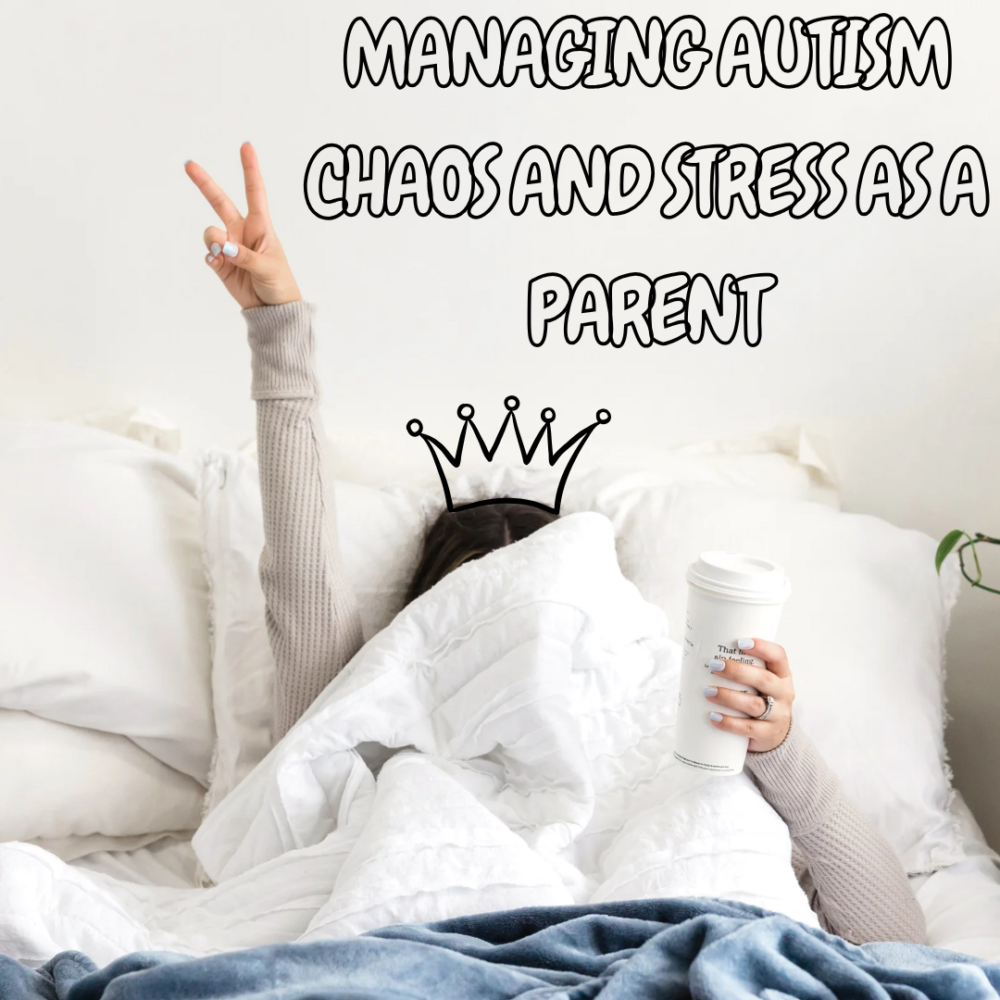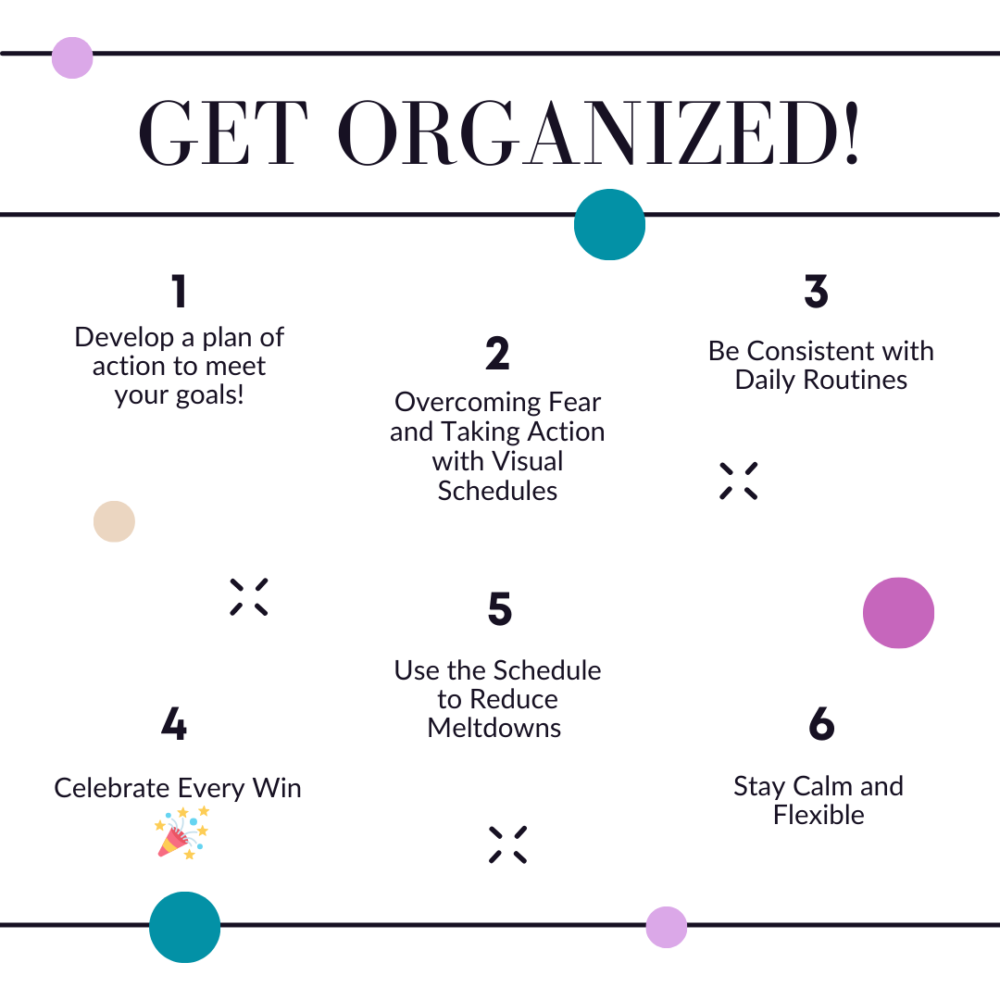How to achieve CALM on Autism Island, daily life on the spectrum.

Managing Autism Chaos and Stress as a Parent
Achieving CALM on Autism Island is truly a journey, and I can tell you from experience—it’s not always smooth sailing! Managing autism chaos and stress as a parent in the early years, we were overwhelmed with frustration and fear because we didn’t know how autism would affect Jacob or our family. Fear kept us stuck in a place of chaos for a long time. We had no roadmap, and I constantly questioned myself as a parent, wondering if I was doing enough or if I was the “worst mom ever.” There were no mentors, no clear answers, and it felt like we were alone on this chaotic island.
Fast forward to today, year 27 of our journey, and while there are still challenges, we now live with calm, structure, and without the chaos and stress of those early years. This transformation didn’t happen overnight. It came from creating routines, using visual schedules, and following the CALM framework I’ve built over the years. And that’s why I started this blog—to share my experiences and help other moms who are feeling just like I did back then.
In this post, I’m going to walk you through the steps that helped us turn our chaotic island into a place of calm and peace, so you can create that same calm in your daily life on the spectrum.

Daily Life Tips for Parents of Autistic Children
I lost my confidence and joy as a mom the day I was hit with Jacob’s autism diagnosis. What I initially thought was just a speech delay turned into something much bigger—autism. It felt like a tidal wave crashing over our family, leaving me unsure of how to move forward. After months of research (remember dial-up internet?!), I found papers documenting behaviors and problems, but nothing really helped me create a plan for Jacob or our family.
That’s when I took things into my own hands and decided to get my master’s degree in special education. Now, I want to be clear—you do not need a teaching degree to help your child. I went to that extreme because I was blindsided by the diagnosis and wanted answers. I was emotional and being a little extra! My confidence was gone so I went a little overboard to get it back. But you already have the most important thing: you know your child better than anyone. With the right tools, you can create calm in your home and build a life of joy and confidence for your family. https://aheartforallstudents.com/autism-calming-strategies/
How to Achieve Calm in Autism Parenting
In order to achieve calm in my parenting, I needed both knowledge and a plan. The key breakthrough for us came when I learned to create visual schedules for Jacob. These simple tools became a game-changer, giving Jacob a way to understand his day without feeling overwhelmed by language or anxiety.
At first, we started small—just a few daily activities were placed on his schedule. But over time, these schedules gave Jacob the confidence to take on more. As he began doing small chores and following his schedule, the meltdowns decreased dramatically. He was no longer trying to control everything around him because the structure was already in place. That alone was GOLD for us as a family.
By reducing Jacob’s anxiety and meltdowns, our home shifted from a place of chaos to one of calm. We could finally relax and enjoy being together, even as we faced new challenges. I began to feel more confident as a mom and started savoring more moments with Jacob. As his anxiety lessened, so did mine.
Creating Structure for Children with Autism
Children with autism, like Jacob, crave structure and routine. It brings them comfort, allowing them to navigate their day without feeling like they’re constantly in “fight or flight” mode. Managing autism chaos and stress as a parent, it’s our job is to provide that structure through simple routines that eliminate stress and overwhelm.
At @EducatingJacob, we teach the CALM framework, and it all starts with Consistent Action Forward. This doesn’t mean we micromanage every moment of the day, but we do create visual schedules and routines for daily tasks. These schedules set our children up for success, and they don’t need to be complicated to be effective. Stop engaging in power struggles! Use redirection for your autistic child.
Start small and simple. Begin with something your child already does well. For Jacob, this meant starting with tasks he was already somewhat familiar with—like brushing his teeth or putting on his shoes. We celebrated every win, no matter how small. With each success, we added new tasks, slowly building his routine.
Celebrate every win. Whether it’s following the schedule for one task or completing an entire routine, each small victory builds momentum. When your child feels successful, they are more likely to embrace the schedule, and that’s when you can add new elements without resistance.
Once the routine is in place and your child is following it consistently, you can rinse and repeat—adding new tasks as your child becomes more comfortable. Over time, this builds a daily routine that fits your family’s needs and sets your child up for a lifetime of calm and independence.
From Chaos to Calm: The Power of Visual Schedules
Our journey on Autism Island started with fear, frustration, and a lot of chaos. But once we began using visual schedules and followed the CALM framework, everything changed. The schedules became a tool that reduced Jacob’s anxiety, improved his communication, and gave him the confidence to navigate his day.🌴
These tools not only helped Jacob thrive but also helped our entire family relax and find peace. My confidence as a mom returned, and I started to see the brighter days ahead. How are using schedules improving our autistic child’s daily life?

Tips and Strategies for Achieving CALM on Autism Island
- Start Small with Visual Schedules
Begin by incorporating simple tasks into your child’s visual schedule. Focus on activities they are already familiar with to build confidence and reduce resistance. Over time, you can add more complexity, but keep it manageable at first.
- Be Consistent with Daily Routines
Consistency is key to reducing anxiety. Stick to the schedule every day to help your child feel secure and in control. The more consistent you are, the more they will rely on the routine to guide them.
- Celebrate Every Win
Whether it’s completing one small task or following the entire schedule, celebrate these moments! Positive reinforcement encourages your child to keep going and builds their self-esteem.
- Use the Schedule to Reduce Meltdowns
Visual schedules eliminate the need for a lot of verbal instructions, which can sometimes provoke meltdowns in children with autism. By pointing to the schedule, you provide clear direction without overwhelming your child with language.
- Gradually Introduce Change
Once your child is comfortable with their routine, start introducing small changes. Whether it’s adding a new task or modifying the schedule, go slowly and allow your child to adjust before moving on. Don’t overwhelm yourself or your child by changing everything at once.
- Stay Calm and Flexible
It’s important to remain calm, even when things don’t go as planned. Flexibility will help you adjust to your child’s needs while still keeping the routine intact. If your child struggles with a new task, model and assist until your child can do independently. It shouldn’t be part of an independent schedule until it’s able to be done without you helping.
- Incorporate Fun and Joy
Use the visual schedule to include fun activities that your child enjoys. This makes the schedule feel rewarding and helps them look forward to following it. Remember to balance structure with moments of joy! You can offer rewards at the end of a successful task, end of day or when they are older the end of week. Just remember to always acknowledge and celebrate the wins.
🧐 Struggling with daily routines and meltdowns?
🌟 As an autism parent coach, I help you transform chaos into calm by creating strategies that work for your family. 🌟
📅 Schedule a discovery call
👉🏼 Visit my contact page to get started: https://educatingjacob.com/contact/
#autismcoach #autismparentcoaching #autismandepilepsy #autismfamily💙#autismmom😎 #autismboymom😎 #autismchallenges🧩 #AutismParenting #DoctorVisitSuccess #EducatingJacob #AutismSupport #CalmParenting #AutismParenting #VisualSchedules#CALMFramework #AutismLife #DailyRoutinesForAutism #AutismTipsForParents #AutismAnxietyReliefCreatingStructureForAutism #AutismMomLife #FromChaosToCalm
